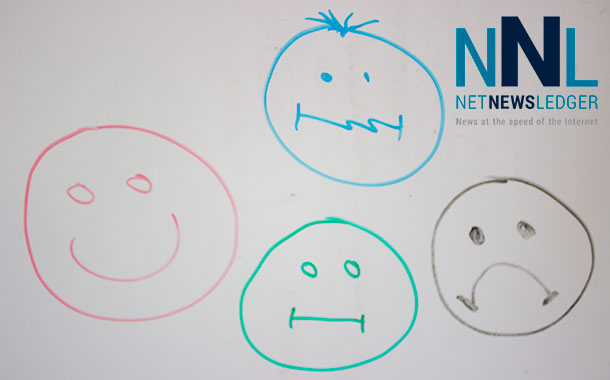A Shocking Setback
Twitter, the globally recognized social media giant, has recently faced a significant drop in worldwide traffic. This unexpected downturn is a direct result of recent policy changes aimed at reducing data scraping and enhancing user experience. Unfortunately, these modifications have led to unforeseen complications, with Twitter witnessing a staggering 30% decrease in global organic traffic within the last 24 to 48 hours.
The Numbers Speak
Data from Sistrix, a leading provider of SEO software, reveals a sharp decline in Twitter’s visibility in key markets. The United Kingdom has seen a 28% drop, France 17%, Italy 26%, Germany 25%, and Spain 14%.
Separate research conducted by Evolving Digital, using top SEO tools like Ahrefs & SEMRush, indicates that Twitter’s projected traffic in Australia has fallen by 34.6% over the past eight days. This represents a loss of 3.3 million compared to the previous week.
The Musk Effect
The significant decline in Twitter’s search visibility is primarily attributed to the platform’s efforts to combat data scraping under the leadership of new CEO, Elon Musk. Musk introduced temporary daily limits on the number of tweet views, with verified accounts restricted to 10,000, unverified accounts 1,000, and new unverified accounts 500 posts per day. This change has significantly impacted Twitter’s rankings for numerous keywords.
A Reshuffling of Ranks
Twitter’s diminishing search visibility has triggered a reshuffling of Google’s search rankings. Competitor domains such as theguardian.com, instagram.com, facebook.com, rottentomatoes.com, linkedin.com, and spotify.com have benefitted from this change. These domains have gained a significant advantage, attracting users who might have previously turned to Twitter.
The Impact on User Acquisition
Twitter, a platform that thrives on real-time discussions and news, heavily relies on its Google visibility to attract new users and retain casual visitors. The decline in search visibility obstructs the discovery of new content, prompting users to seek alternative platforms. This poses a significant challenge to Twitter’s relevance, growth, and user engagement metrics.
Despite Musk’s businesses traditionally not relying heavily on search traffic, Twitter stands apart with search forming a critical part of its user acquisition strategy. This major setback sparks questions about Twitter’s ability to recover its lost search visibility and the potential impact on its business over time.
The Road to Recovery
Twitter’s recovery will hinge on how effectively it addresses these issues. Google’s algorithms consider a site’s history; thus, a prolonged decrease in visibility could pose obstacles in regaining lost rankings. Nonetheless, the dynamic nature of the internet ecosystem leaves room for recovery. If Twitter can promptly address these issues, it stands a chance of regaining its lost visibility and rankings.






